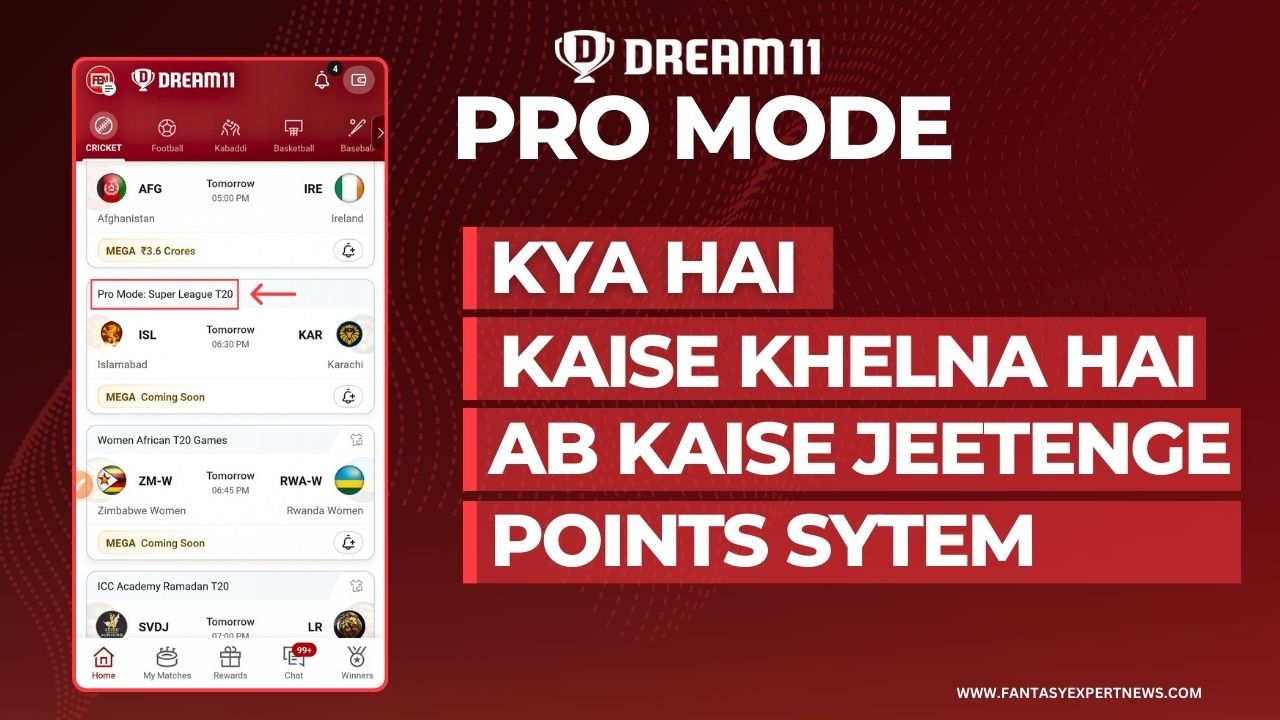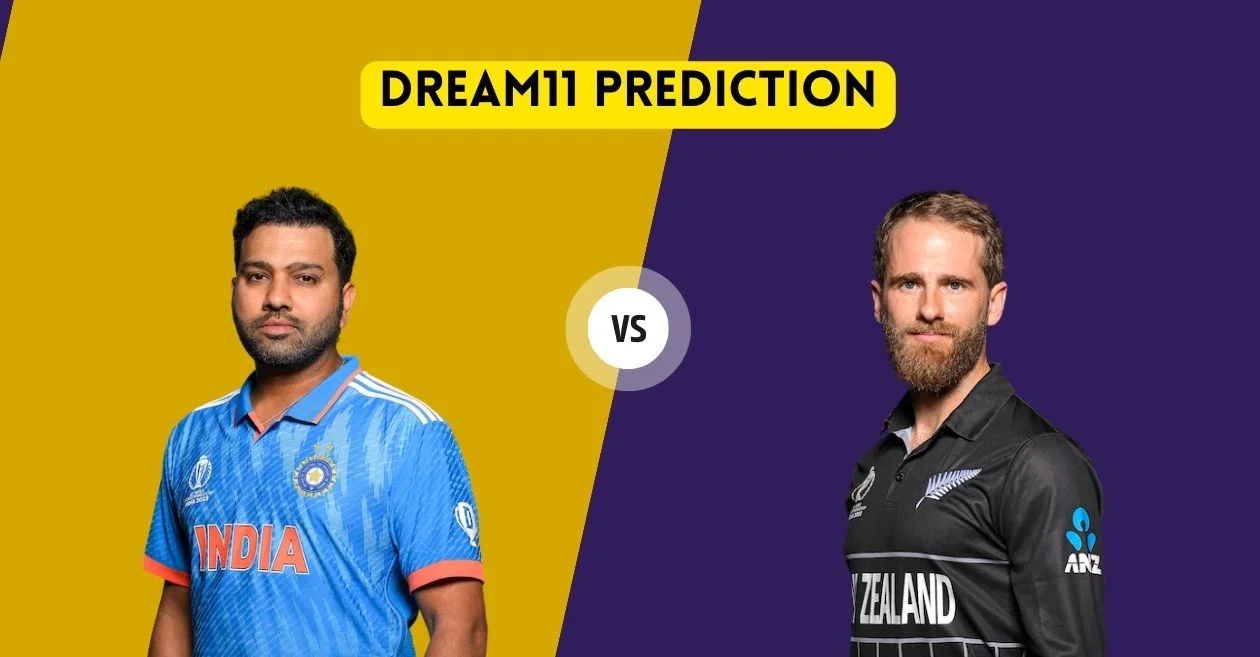Strike Rate In Cricket
Strike rate in cricket: Unveiling the significance, calculation, and impact on player performance. Dive into the world of cricket statistics with a focus on strike rate in this informative article
Cricket, often referred to as the ‘gentleman’s game,’ is a sport with a rich history and a global fan following. While cricket enthusiasts revel in the complexities and nuances of the game, there are several statistics and metrics that play a crucial role in assessing a player’s performance. One such statistic that holds immense significance in the cricketing world is the “strike rate.” In this comprehensive article, we will delve deep into what strike rate in cricket is, how it is calculated, and its relevance in the context of the game.
Introduction to Strike Rate
What is Strike Rate?
In cricket, the term “strike rate” refers to the pace at which a batsman scores runs. It is an essential statistic used to evaluate a player’s effectiveness in a given format of the game, whether it’s Test cricket, One Day Internationals (ODIs), or Twenty20 (T20) cricket. A batsman’s strike rate provides insights into their ability to rotate the strike, hit boundaries, and maintain momentum during their innings.
Historical Perspective
The concept of strike rate in cricket has evolved over the years. In the early days of the sport, the primary focus was on a batsman’s ability to defend their wicket and occupy the crease for extended periods. Scoring runs at a brisk pace was not a priority. However, with the advent of limited-overs cricket and the T20 format, the importance of strike rate has grown significantly. Batsmen are now expected to balance between building an innings and scoring runs quickly, making strike rate a critical parameter for success.
Calculating Strike Rate
Formula for Calculating Strike Rate
The strike rate in cricket is calculated using a simple formula:
Strike Rate (SR) = (Total Runs Scored / Total Balls Faced) x 100
- Total Runs Scored: This represents the total number of runs a batsman has scored in a particular format of the game.
- Total Balls Faced: This indicates the total number of deliveries a batsman has faced during their innings.
- The result is then multiplied by 100 to express the strike rate as a percentage.
Illustrative Example
Let’s consider a hypothetical scenario to illustrate the calculation of strike rate. Suppose a batsman has scored 45 runs off 60 balls in a One Day International (ODI) match. To calculate their strike rate, we can use the formula:
Strike Rate (SR) = (45 runs / 60 balls) x 100 = 75.00
So, the batsman’s strike rate in this innings is 75.00.
Interpretation of Strike Rate
- A strike rate above 100 indicates that the batsman is scoring runs faster than the average run rate in the format, which is generally considered positive.
- A strike rate below 100 suggests that the batsman is scoring runs at a slower pace than the average run rate, which may be acceptable in certain situations, such as Test cricket, where building a patient and solid innings is valued.
Also Read: Mohammed Siraj Net Worth 2023: Income, IPL Salary, Endorsements, Cars, Property, Family
Significance of Strike Rate
Role of Strike Rate in Different Formats
The importance of strike rate varies across different formats of the game:
Test Cricket
In Test cricket, where matches can last up to five days, the focus is on occupying the crease and batting for long durations. In this format, a higher strike rate is not necessarily a priority for batsmen. They often aim to build a solid foundation for the team and accumulate runs over time. However, a low strike rate in Test cricket may come under scrutiny if it hinders the team’s progress or if a batsman consistently struggles to rotate the strike.
One Day Internationals (ODIs)
ODIs are characterized by a limited number of overs (usually 50 overs per side), which necessitates a balance between scoring runs quickly and preserving wickets. In ODIs, a batsman with a good strike rate can significantly influence the team’s total. Batsmen aim to maintain a strike rate above 80 to 100, ensuring that the team reaches a competitive total.
Twenty20 (T20) Cricket
T20 cricket is all about quick runs and aggressive batting. Here, a high strike rate is crucial as batsmen strive to score boundaries and maximize their scoring opportunities in the limited number of overs (usually 20 per side). In T20s, a strike rate of 130 or higher is often considered excellent, indicating the batsman’s ability to accelerate the scoring rate.
Impact on Team Dynamics
A batsman’s strike rate can have a significant impact on the overall dynamics of a cricket team:
Setting a Target
In limited-overs formats, setting a competitive target is crucial. Batsmen with higher strike rates can help their team set challenging targets for the opposition. They can accelerate the scoring in the latter stages of an innings, taking advantage of powerplays and fielding restrictions.
Chasing a Target
When chasing a target, a high strike rate becomes even more critical. Batsmen need to maintain a brisk scoring rate to keep up with the required run rate. A player with a good strike rate can apply pressure on the bowlers and make it easier for their team to chase down a total.
Middle Order Stability
In ODIs and T20s, having batsmen with varying strike rates in the middle order can be advantageous. While some batsmen focus on stability and rotating the strike, others can accelerate and hit boundaries. This balance ensures that the team can adapt to different match situations.
Evaluating Player Performance
Coaches, selectors, and analysts use a batsman’s strike rate as one of the criteria for evaluating their performance. A consistent ability to maintain or increase their strike rate in different situations can be a sign of a skilled batsman who can adapt to match conditions.
Want Best Dream11 Teams
Join Fantasy Expert News Telegram For First Rank team for the dream11 mega Contest
Factors Affecting Strike Rate
Pitch Conditions
Pitch conditions play a crucial role in determining a batsman’s strike rate. Batsmen tend to score more freely on flat, batting-friendly pitches with even bounce. In contrast, pitches that assist bowlers with swing, seam, or turn can make scoring more challenging, leading to lower strike rates.
Opposition Bowling
The quality of the opposition’s bowling attack can significantly impact a batsman’s strike rate. Facing world-class bowlers who can swing, seam, or spin the ball effectively can make it difficult for a batsman to score quickly. Conversely, facing inexperienced or weaker bowlers may present opportunities to score at a faster rate.
Match Situation
The match situation also dictates a batsman’s approach and strike rate. In the early stages of an innings, when the fielding restrictions are in place, batsmen often look to score quickly. However, as the innings progresses, especially in longer formats, the focus may shift towards building partnerships and preserving wickets, which can lead to a lower strike rate.
Batsman’s Style
Each batsman has a unique playing style that can influence their strike rate. Some batsmen are naturally aggressive and look to attack from the outset, while others are more conservative and build their
innings steadily. A batsman’s style should align with the team’s strategy and the match situation.
Fitness and Running Between Wickets
Fitness and running between the wickets also play a part in a batsman’s strike rate. Quick singles and converting ones into twos can help a batsman rotate the strike and maintain a healthy strike rate, even if boundaries are not flowing.
Examples from Cricketing Legends
Sir Vivian Richards
Sir Vivian Richards, the West Indian legend, is often regarded as one of the most aggressive and impactful batsmen in cricket history. His strike rate in both ODIs and Test cricket was exceptional for his era. Richards’ ability to dominate bowlers and consistently score at a brisk pace made him a nightmare for opposition teams.
Virender Sehwag
Virender Sehwag, the Indian opening batsman, was known for his fearless and swashbuckling style of play. His strike rate in Test cricket was significantly higher than most of his contemporaries, making him a match-winner for India. Sehwag’s aggressive approach at the top of the order set the tone for many successful run chases.
AB de Villiers
AB de Villiers, the South African batting sensation, is a prime example of how high strike rates can revolutionize the limited-overs game. De Villiers’ ability to innovate and consistently score at a rapid pace made him a modern-day cricket icon. He redefined the role of a finisher in T20 cricket.
Conclusion
In conclusion, strike rate is a fundamental statistic in cricket that provides insights into a batsman’s ability to score runs at a certain pace. It is a versatile metric, with its significance varying across different formats of the game. While it may not be the sole determinant of a player’s quality, it plays a crucial role in team strategy, setting and chasing targets, and assessing a batsman’s adaptability.
As cricket continues to evolve, strike rate will remain a key factor in shaping the way the game is played. Batsmen who can balance aggression with technique and adapt to match situations will continue to thrive, leaving their mark in the annals of cricketing history. Understanding and appreciating the intricacies of strike rate enriches the cricketing experience for fans, analysts, and players alike, making it a vital aspect of the game’s narrative.
In an ever-changing cricketing landscape, the strike rate remains a timeless statistic, offering a window into the heartbeat of the game—run-scoring in all its glory.
How is bowling strike rate calculated in cricket?
The bowling strike rate is a crucial statistic in cricket, especially for bowlers. It measures how quickly a bowler takes wickets, and a lower strike rate is generally considered better. To calculate a bowler’s strike rate, follow these steps:
Bowling Strike Rate Formula:
Bowling Strike Rate = (Total Number of Balls Bowled / Total Number of Wickets Taken)
Table of Contents
Toggle




